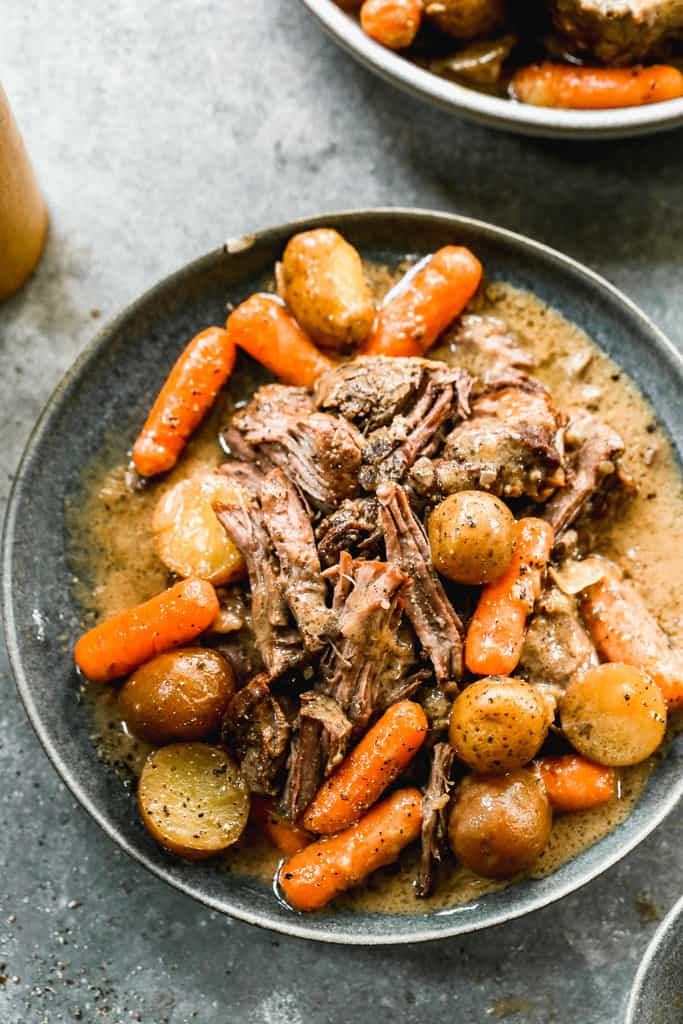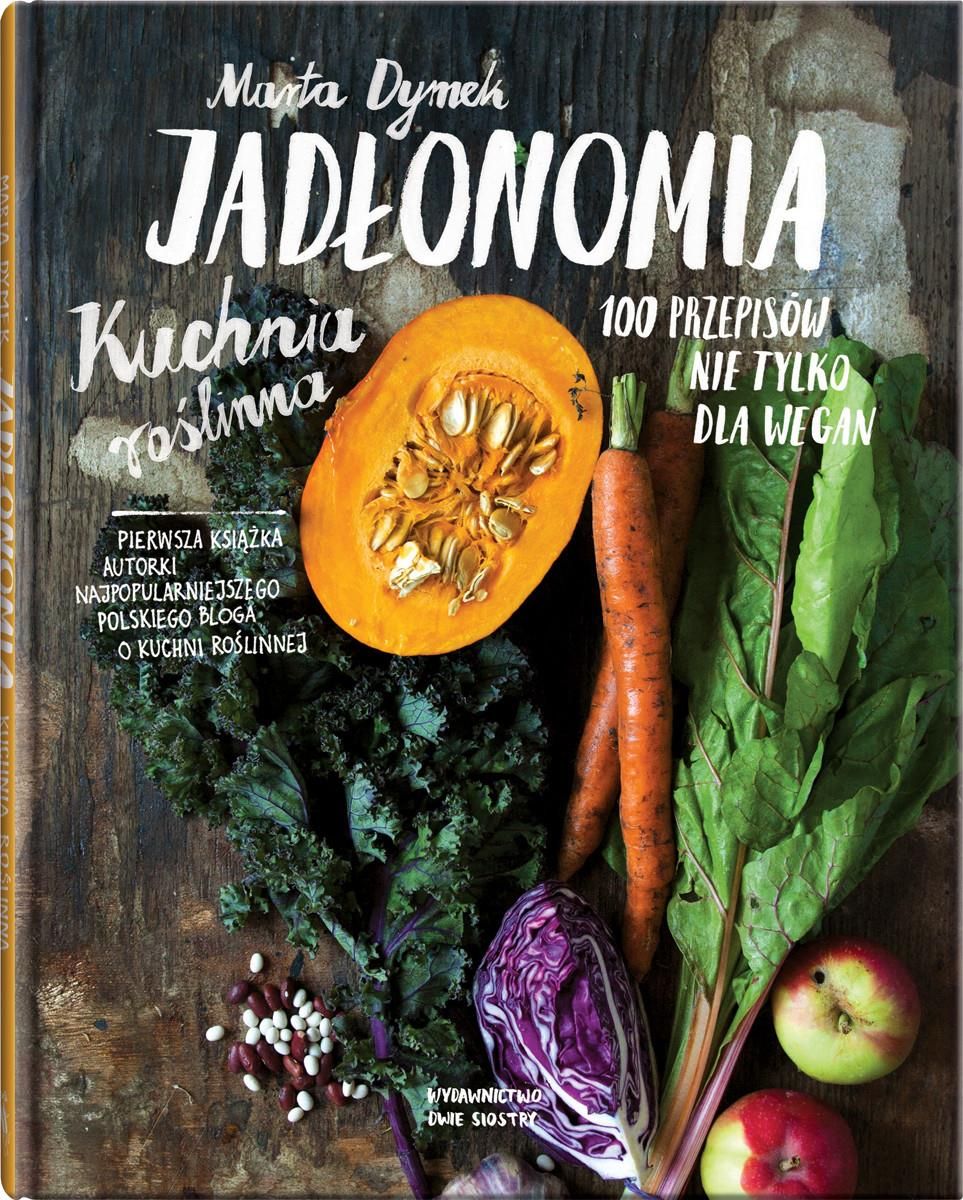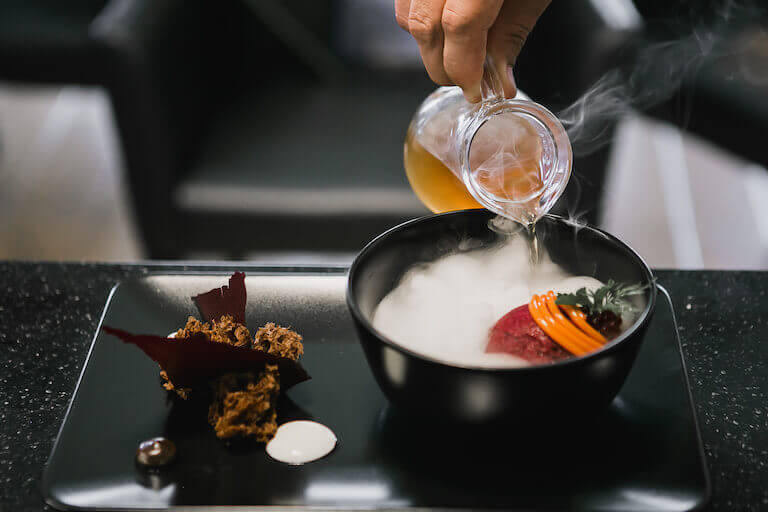
You need to understand the causes of warping in your cast iron skillet. These are Thermal expansion, Sharp flash, or re-seasoning. You'll find out how to avoid them in this article. Here are some simple solutions to the problem of your skillet warping. Below are some of the most common causes. Also, see this article about Sharp flash and re-seasoning.
Thermal expansion
Cast iron can warp due to temperature fluctuations. The temperature change rapidly causes the center of cast iron to expand, while the outer layer is not affected. Extreme temperature changes like immersion in cold or sudden drops in temperature can cause cast iron to crack and warp. This is known as thermal shock. There are steps to avoid this.
It is best to allow your meat to cool down before you heat it. This will decrease the temperature difference between meat and pan. Another cause of warping is mismatched pan sizes. If you place large pans on small burners, but only the centre is touching the heat, then the pan's central area will expand faster.

Sharp flash
If you have cast iron cookware, you've probably seen this problem. Temperature changes can cause a sudden flash. The heat center of a saucepan expands while its cool centre doesn't. This causes iron to warp, and puts stress on it. Luckily, most flashes are trimmed off during the finishing process. Some can remain inside the handle. You should remember that flashing will not cause damage to cooking or handling.
When cast iron cookware begins to warp, it can be detected by looking for the shape of the pan. This is most often evident on the bottom. This is more common in long, flat castings. Look for curving shapes near the thickest portion of the wall. A warped pan will often result in liquid pooling and uneven cooking. Try to place the pan on a flat surface if you see any of these signs. If the pan is warped, it may be a sign that it has become too heavy to use on a stove burner or oven. The item's collectible value will be decreased if it has too much warp.
Re-seasoning
For a quick and simple way to season your cast-iron skillet quickly, place some ice cubes and pour a little cold water on top. The ice will help to flatten the warped areas and the water will cool them down. Temperature differences between the water and the cast-iron pan cause warping.

Cast-iron can be re-seasoned to make it stronger and more resistant to warping. The seasoning will make your pans less susceptible to rust and prevent them from warping. Preheat your pan to 200 degrees Fahrenheit. Once the pan is hot, you should be able to see small amounts of oil in the low parts. Once the oil has gathered in the low areas, you can place the pan in an oven at 425 degrees F for about an hour. Bake again for one hour at 425 degrees F.
FAQ
How can I get hired to be a chef?
You must complete a degree in culinary arts to be able to apply for a job at the table as a professional chef. Next, you should join a professional association such as the American Culinary Federation (ACF). This association offers certification exams as well as networking opportunities.
What is the difference between a chef & a cook?
A chef prepares meals for others. A cook cooks for others. A chef, on the other hand, works directly with customers. This means they may have to decide what to serve guests based on their preferences. Cooks don't interact with customers. Instead, he or she ensures that the food tastes good before serving it to anyone.
Can I learn how to cook together with my children?
Yes! Children love to help in the kitchen. It's a fun activity that teaches them responsibility and teamwork. Children can help in everything, from washing vegetables and cutting onions. Children will love helping to cook if they are taught safe knife handling techniques.
Statistics
- In the United States, the category is estimated at $23.2 billion annually and is growing faster than the market. (washingtonpost.com)
- You'll be amazed that over 90% of CIA students receive scholarships and grants to finish their culinary studies. (ischoolconnect.com)
- under 10 Kids have been taught that there is special food just for them, and Fiese says that 10 percent of kids will throw a tantrum if they don't get the food they want. (washingtonpost.com)
External Links
How To
How to cook your steak
The thickness of any meat will dictate the cooking method. Thicker steaks can be cooked on a low heat. Thicker steaks need to be cooked at higher temperatures.
Don't overcook them as they will lose flavor. And remember always to remove the steak from the pan when it's done - this way, you won't burn yourself.
Cooking times depend on the size of the steak and the desired degree of doneness. Here are some general guidelines.
Medium Rare: Cook until medium rare, which means the internal temperature reaches 145degF (63degC). This takes between 3 and 5 minutes per side.
Medium: Cook until medium, which means the internal temp reaches 160degF (71degC). This takes approximately 6 minutes per side.
Good Cooking: Cook the meat until it is done. This means that the internal temperature reaches 180F (82C). This typically takes 8-12 minutes per side.